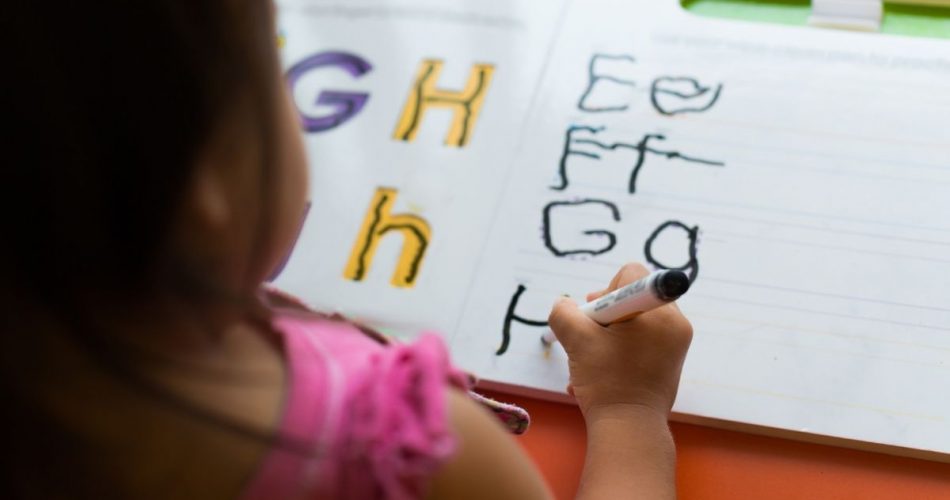Yes, handwriting is still a thing in a world dominated by technology. Handwriting is essential as a form of communication and crucial for young kids to develop fine motor skills. Teaching handwriting skills starts in early childhood, and although most children learn handwriting at school, the parent’s guidance and the writing tools can help. Here is everything you need to know about how to teach handwriting to your child.
Every Child is Unique
Not all children learn the same things at the same age. Some are more inclined to physical activity or spatial exercises. This only shows that every child is unique and has different learning capabilities.
Writing is a skill that a child can learn with proper handwriting practice. Therefore, the teacher should never forget that all children learn at different rates when giving handwriting instruction. Some may learn to scribble patterns in a few days, while others are more talented and can already write their names in straight lines.
Teaching Handwriting
To learn how to write letters correctly, they must first get proper handwriting instructions and letter information. It helps if they know the letters and the alphabet and can correctly hold a pen or pencil. Different pencil grips can help develop fine motor skills and have a pen correctly without developing a wrong grip posture.
It is highly recommended that you also teach your students how each letter sounds, not just what they look like. Teaching writing often goes hand in hand with teaching reading. Teaching your child how the letters look must also be accompanied by teaching them how they sound.
Start with associating the letters of the alphabet with anything that starts with that corresponding letter. It is a brilliant idea to associate it with something your child already knows—for example, A for an apple and B for a bag.
Next, your child must already have developed a certain level of hand-eye coordination. You can prepare them by giving them exercises that involve using their hands. You can provide them with mazes or puzzles that involve connecting dots.
4 Steps of Handwriting Introduction
- First, start by teaching them how to hold a pencil and offer a proper pencil grip if needed. Once they have gotten comfortable with that, it’s time to start introducing the letters.
- Teach the lowercase letters first. Make a dotted line version of the lowercase letters and have them trace them to practice.
- Write the lowercase letters on a different paper sheet once you think they are ready for the next level. This time, they have no pattern to trace.
- Once your child has mastered writing the lowercase letters, it is time to teach them how to write their name. This is also the time to introduce the uppercase letters. Explain to them that names always start with capital letters. In this stage, a good activity is to write all the alphabet letters with the same uppercase and lowercase letters paired together.

Praise your child for every stage they have completed. Giving them positive reinforcement always aids in learning. Aside from verbal praise, you can also give them treats like candies.
Final Thoughts
Writing is an essential skill every child needs to learn. Your child will discover a new communication method with proper guidance and patience. Learning how to write should be a fun activity. Make sure that you do not push your child too hard. Often, 10 minutes of writing practice is enough for a child before they need a break.




